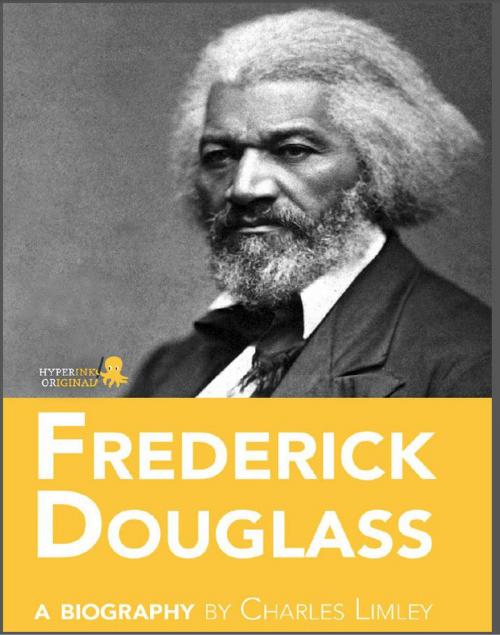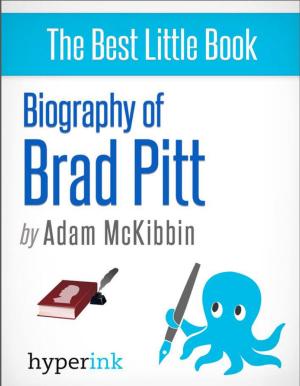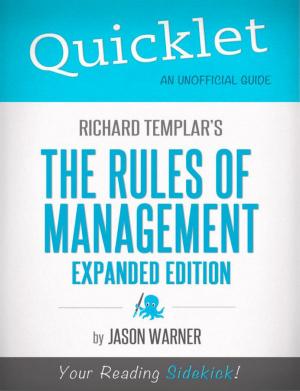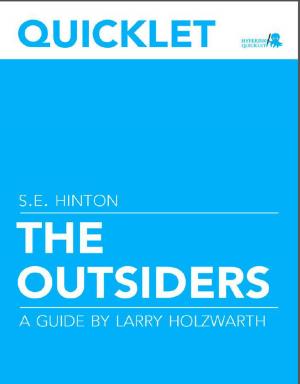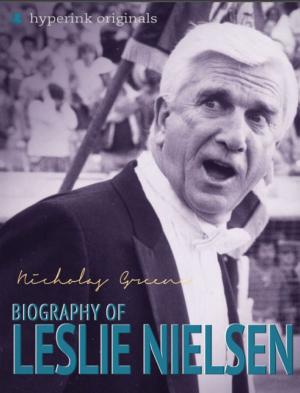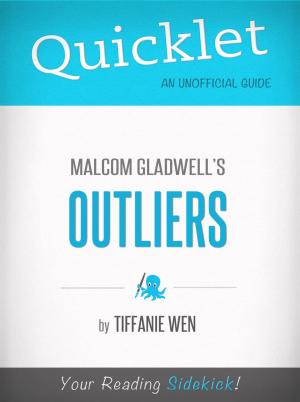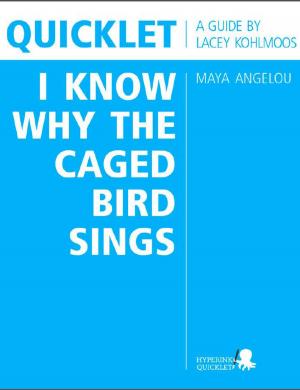| Author: | Charles Limley | ISBN: | 9781614646167 |
| Publisher: | Hyperink | Publication: | July 30, 2012 |
| Imprint: | Hyperink | Language: | English |
| Author: | Charles Limley |
| ISBN: | 9781614646167 |
| Publisher: | Hyperink |
| Publication: | July 30, 2012 |
| Imprint: | Hyperink |
| Language: | English |
ABOUT THE BOOK
A young boy, somewhere around eight or nine years old, eagerly rushes out to meet the rest of the neighborhood boys. But instead of playing the usual childhood games, this particular boy wants to recite the alphabet. He wants to talk about words, and he wants to read. Already demonstrating wisdom beyond his years, this young boy knows that what he wants won’t come without a cost. He trades whatever snacks, treats, and food he has to the neighborhood kids in exchange for quick, informal reading lessons. In this way, he slowly and gradually learns to read, and as he does, he sets his life on a course that will eventually take him around the world and thrust him in the spotlight as one of America’s most influential political, cultural, and literary figures of all time.
A decade and a half later, this same boy—now a 23 year old young man—stands “at the podium, trembling with nervousness,” preparing to address a large group of “abolitionists who had travelled to the Massachusetts island of Nantucket” for an important conference. He eventually masters his nerves and delivers a rousing and eloquent speech, denouncing the social ills plaguing his society, and catching the attention of many of the day’s most prominent political activists.
Words—whether spoken or written—were the tools with which Frederick Douglass worked to build a new life for himself, his family, and all of America’s enslaved. Through his words and his powerful language, Douglass created an identity for himself as “the most important black American leader of the 19th century.” A visionary thinker, skilled writer, and masterful orator, he ultimately hoped to forge a new national identity for the entire United States.
After spending his childhood and teenage years as a slave, Frederick Douglass eventually escaped and settled in the northern United States. Armed with the ability to read and write, he quickly became a well-known abolitionist. His work as an activist eventually led to the founding of several newspapers, involvement in the Underground Railroad, international lecture tours, and the publication of multiple important books. Through the course of speaking out against slavery, Douglass also became closely associated with early women’s rights movements of the 19th century, becoming a strong voice in favor of universal suffrage.
Through his work as a writer, public speaker, and civil rights activist, Frederick Douglass asserted himself as a man with a voice—a leader speaking loudly and clearly on behalf of justice. In the end, it was the simple determination of a boy trading sweets for reading lessons that became the foundation for the cultural, political, and literary icon that is Frederick Douglass
EXCERPT FROM THE BOOK
Through all this, Douglass asserted his belief in “the power of the spoken and the written word, as two of the most effective means by which to bring about permanent, positive change.”
While his autobiography was certainly a success for both himself and the entire abolitionist movement, the personal details it provided also presented new challenges and dangers for Douglass. Shortly after publishing the book, he was forced to leave the country in order to escape slave hunters who now knew his physical whereabouts. In August of 1845, Douglass left the United States and began a lecture tour throughout England, Scotland, and Ireland. While completing this tour, he raised enough money to start his own abolitionist newspaper and to finally, officially purchase his own freedom.
With the fear of being captured and returned to slavery eliminated, Douglass returned to the United States and in early 1847, he printed the first edition of the North Star. A year later, he and his family moved to Rochester...
...buy the book to keep reading!
ABOUT THE BOOK
A young boy, somewhere around eight or nine years old, eagerly rushes out to meet the rest of the neighborhood boys. But instead of playing the usual childhood games, this particular boy wants to recite the alphabet. He wants to talk about words, and he wants to read. Already demonstrating wisdom beyond his years, this young boy knows that what he wants won’t come without a cost. He trades whatever snacks, treats, and food he has to the neighborhood kids in exchange for quick, informal reading lessons. In this way, he slowly and gradually learns to read, and as he does, he sets his life on a course that will eventually take him around the world and thrust him in the spotlight as one of America’s most influential political, cultural, and literary figures of all time.
A decade and a half later, this same boy—now a 23 year old young man—stands “at the podium, trembling with nervousness,” preparing to address a large group of “abolitionists who had travelled to the Massachusetts island of Nantucket” for an important conference. He eventually masters his nerves and delivers a rousing and eloquent speech, denouncing the social ills plaguing his society, and catching the attention of many of the day’s most prominent political activists.
Words—whether spoken or written—were the tools with which Frederick Douglass worked to build a new life for himself, his family, and all of America’s enslaved. Through his words and his powerful language, Douglass created an identity for himself as “the most important black American leader of the 19th century.” A visionary thinker, skilled writer, and masterful orator, he ultimately hoped to forge a new national identity for the entire United States.
After spending his childhood and teenage years as a slave, Frederick Douglass eventually escaped and settled in the northern United States. Armed with the ability to read and write, he quickly became a well-known abolitionist. His work as an activist eventually led to the founding of several newspapers, involvement in the Underground Railroad, international lecture tours, and the publication of multiple important books. Through the course of speaking out against slavery, Douglass also became closely associated with early women’s rights movements of the 19th century, becoming a strong voice in favor of universal suffrage.
Through his work as a writer, public speaker, and civil rights activist, Frederick Douglass asserted himself as a man with a voice—a leader speaking loudly and clearly on behalf of justice. In the end, it was the simple determination of a boy trading sweets for reading lessons that became the foundation for the cultural, political, and literary icon that is Frederick Douglass
EXCERPT FROM THE BOOK
Through all this, Douglass asserted his belief in “the power of the spoken and the written word, as two of the most effective means by which to bring about permanent, positive change.”
While his autobiography was certainly a success for both himself and the entire abolitionist movement, the personal details it provided also presented new challenges and dangers for Douglass. Shortly after publishing the book, he was forced to leave the country in order to escape slave hunters who now knew his physical whereabouts. In August of 1845, Douglass left the United States and began a lecture tour throughout England, Scotland, and Ireland. While completing this tour, he raised enough money to start his own abolitionist newspaper and to finally, officially purchase his own freedom.
With the fear of being captured and returned to slavery eliminated, Douglass returned to the United States and in early 1847, he printed the first edition of the North Star. A year later, he and his family moved to Rochester...
...buy the book to keep reading!
